Inside Richard Branson’s Private Island Paradise of Lagoons, Lemurs, and Wind Turbines

- Oops!Something went wrong.Please try again later.
Adam Slama/Necker Island
Pulling up to the red boat slip under a fiery sunset, no one in the boat was looking at the vivid pinks of the Caribbean sky. Instead, our eyes were on the towering hilltop ahead of us, with its wind turbines and precarious Balinese-style treehouses. Night was falling, and glowing ambient lights flickered on as if by magic to light up a maze of jungle-nestled villas and dirt paths. A man in well-tailored dress pants, a button-down, and loafers emerged; not the billionaire we’d come for, but one of the many trusted Sir Richard Branson whisperers in a staff of 134 we'd encounter over the next few days. “Welcome to Necker,” Eddie beamed.
I arrived at Necker Island under the cover of night and in a fog of disbelief. Whizzing in a golf cart through the thick bushes and past a two-deep clay tennis court, the sounds of an evening tennis match penetrated the near-darkness: “There’s Richard,” Eddie said with a half wave—a clearing in the trees revealing a six-foot-tall man with a wild mane of white hair raising his tennis racket mid-serve. Moments later, at my shared five-bedroom, three-villa complex called Bali High, Eddie pointed out a well stocked pool-deck bar area before moving on to the enclosed rooms—one of which I recognized from an MTV Cribs episode in which Mariah Carey showed off the suite. “If you wanna throw a party, the only person who’s going to be bothered is this central one,” Eddie laughed. The roar of the waves just below us made it clear we’d have the sound lulling us to sleep each night.
“Ok, so it’s a bachelor pad,” I reasoned to myself as I fell asleep that night with many preconceived notions still strong, having only seen a small slice of an island well-documented for its lemurs, swim-up bars, and celebrity guests. Waking up the next morning for a hike up to the wind turbines with one of the island’s engineers—and over the course of conversations with Branson himself over the next few days—I’d find out just how wrong I was about that.
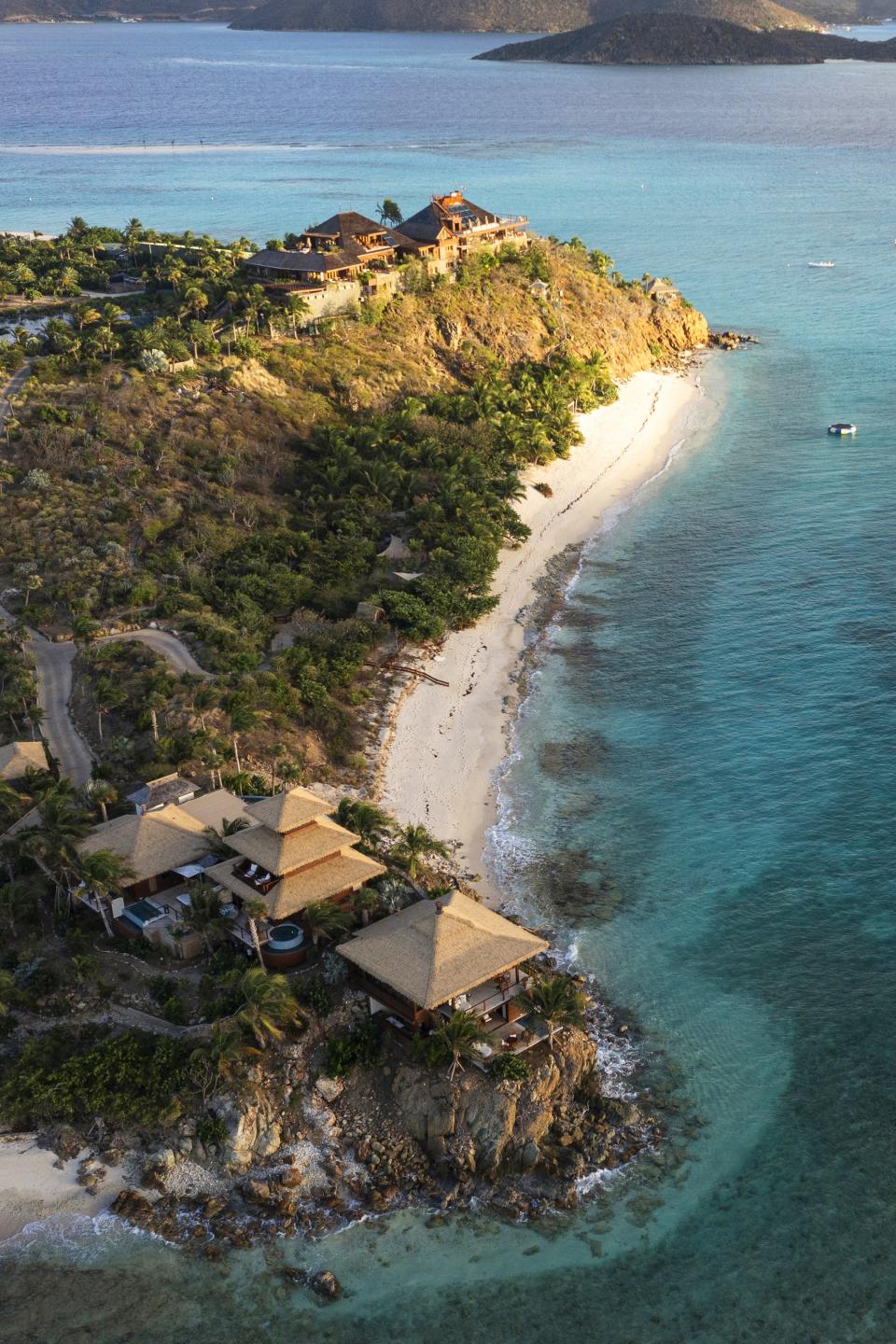
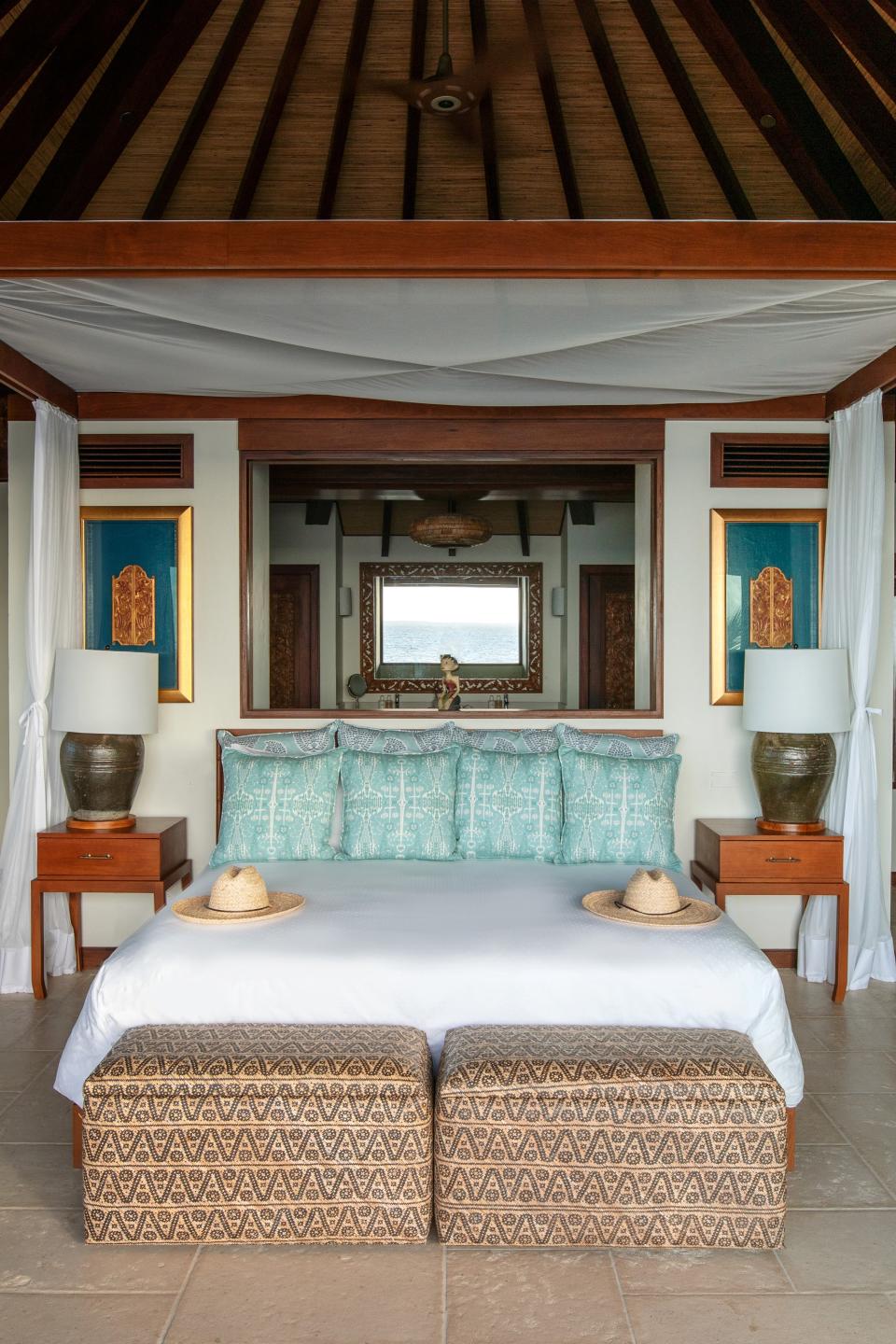
A self-sustaining paradise found
It should maybe come as no surprise that environmentalism is front of mind for a 73-year-old who has ambitions in commercial space tourism and owns hospitality properties all over the globe—but the rise of certain 21st-century billionaires in a modern space race may fog the perception people have of someone like Branson. Necker Island, once a flat, scrubby cay bought for $120,000 in the 1970s, is actually something of a testament to his life’s work in sustainability—but equally, it holds a mirror to both the sustainability advancements and issues of our lifetime.
The lush hills, sunken lagoons, and beachfront watersports and pool pavilions at Necker give way to fields of solar panels, three 120-foot wind turbines, and an underground sewage irrigation that grows much of the produce in a garden behind Branson’s private villa (the Virgin CEO lives on the island much of the year). Today, Necker Island is powered by wind (40%), solar (30%), and diesel (30%), with all of its water and electricity processed on-island. It is hoped that Necker will achieve full, daily carbon neutrality in the near future—and produce enough extra power to make other islands in its periphery self-sustaining, too. Perhaps even more impressive, everything here has been rebuilt, first (in part) when the main Great House was leveled by a 2011 fire, and again in 2017 after Hurricane Irma—a storm that devastated much of the British Virgin Islands.
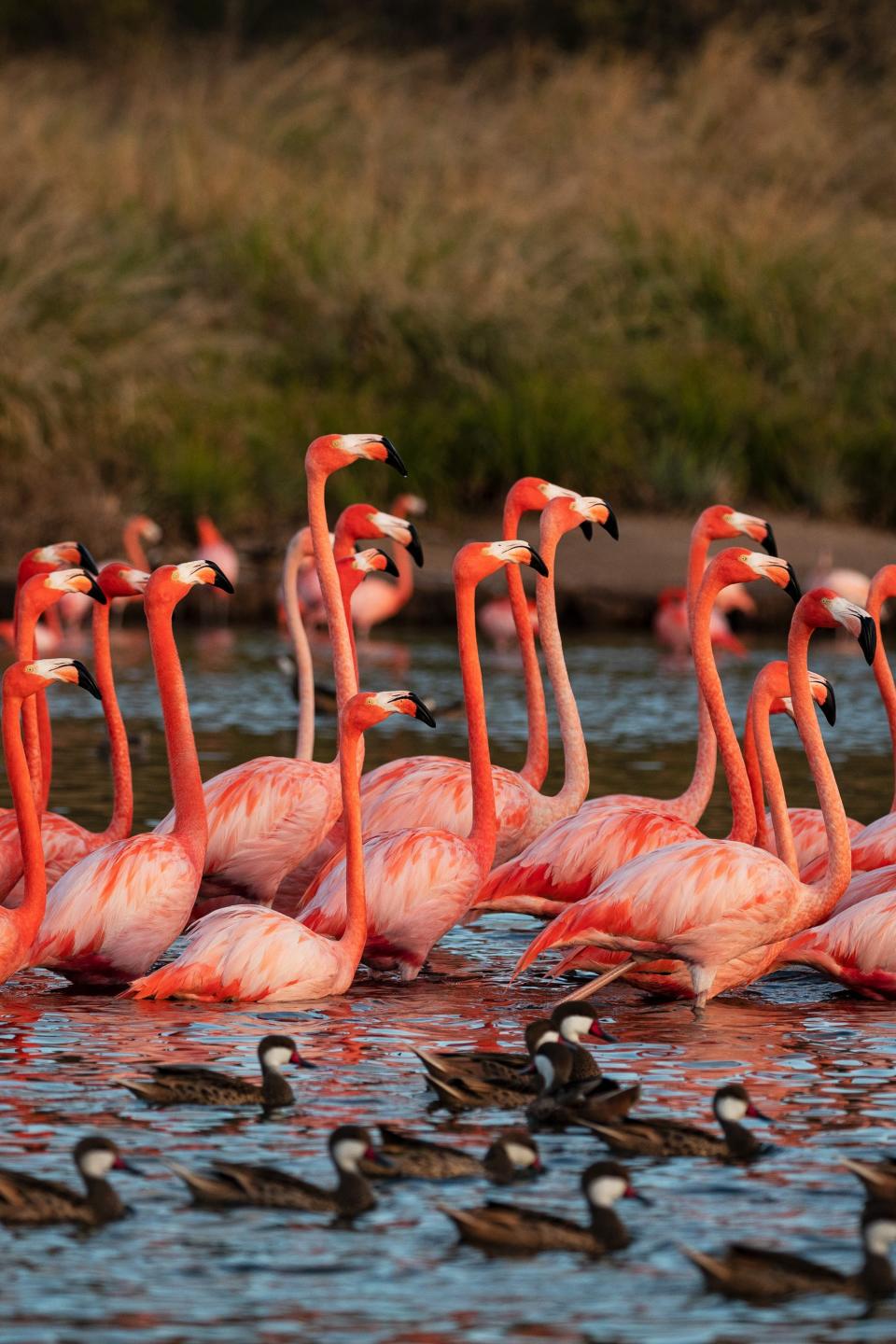
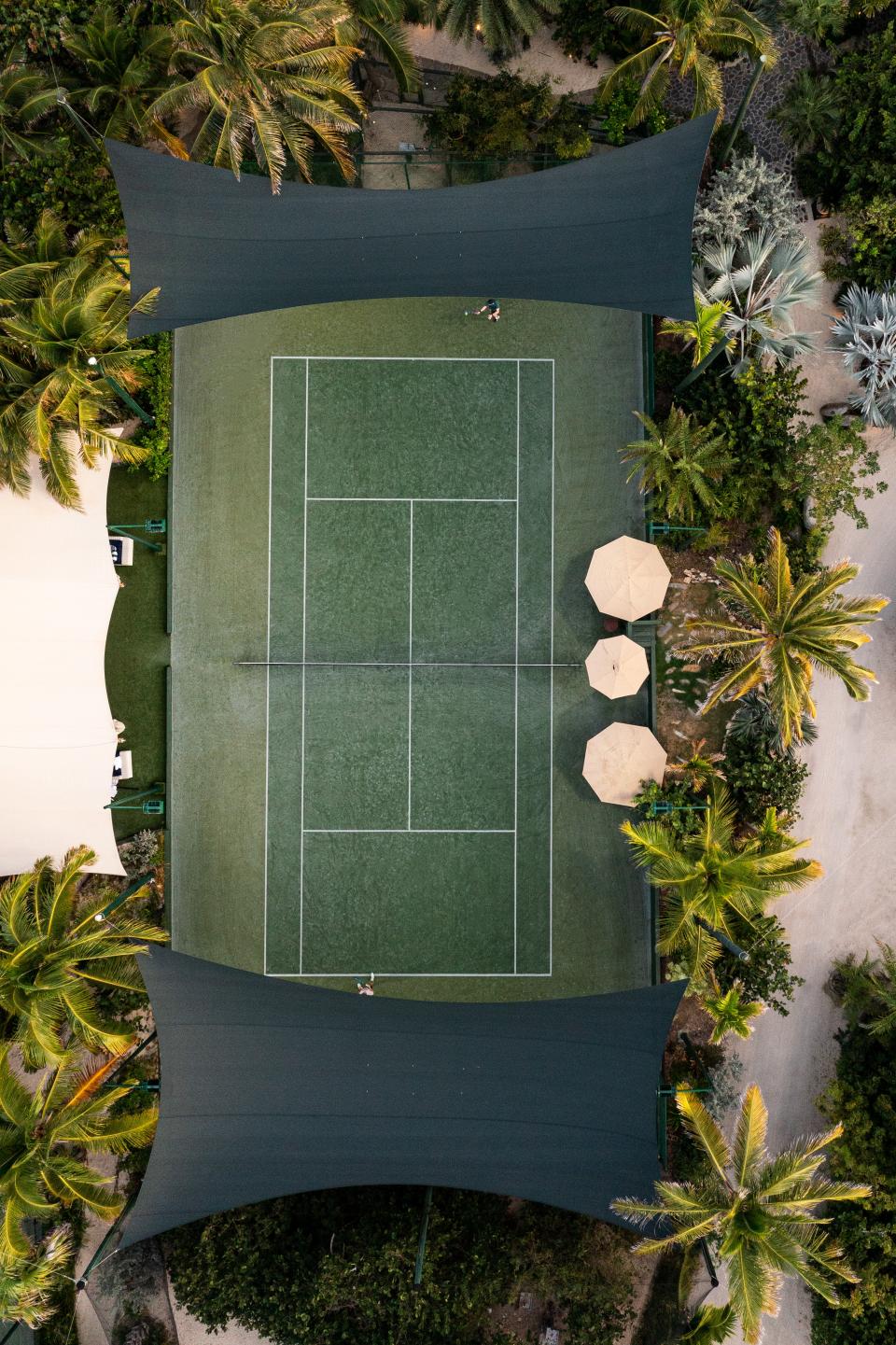
Branson speaks wearily of those fits and starts when I ask him what's next for Virgin: The island and the broader BVI's recovery had demanded much of his attention the past several years. But now, he said, he can “finally” focus more squarely on his sustainability ventures, and most recently unveiled an initiative dubbed Planetary Guardians. The program unites scientists monitoring global climate change to biannually audit nine key climate change markers across sectors, from biodiversity to water use to chemical pollution.
“Is the world going the right direction, is it not going the right direction, and how much have [we] gone off path?” Branson said in an informal sit-down in his living room. “Because, basically, if you can't monitor these things, you're not going to be able to deal with it, so in the future we need to be very clear how the [markers] are progressing.”
Branson champions tourism as a realm that can and should power conservation—not hinder it. Here on Necker, for instance, the endangered lemurs and giant tortoises that wander the island and attract visitors may seem like something of an ornamental exercise in one man’s ego, but in fact make up a forward-looking effort to repopulate endangered animal populations that could one day go extinct in their original habitats. Branson credits environmentalists, like Rob Stewart of the Sharkwater Foundation that he partnered with to successfully abolish shark finning in the BVI, with challenging him to take on endangered populations and hire wildlife specialists. Today the lemur and tortoise programs on Necker have successfully had both species reproduce on Necker—the only place in the world outside of Madagascar and the Seychelles where the animals breed. The benefit to guests, of course, is running into these majestic creatures all around the island; an encounter with the gentle lemurs—who will eat from your hand and climb atop your shoulder for a ride—really captures the magic of this endeavor.
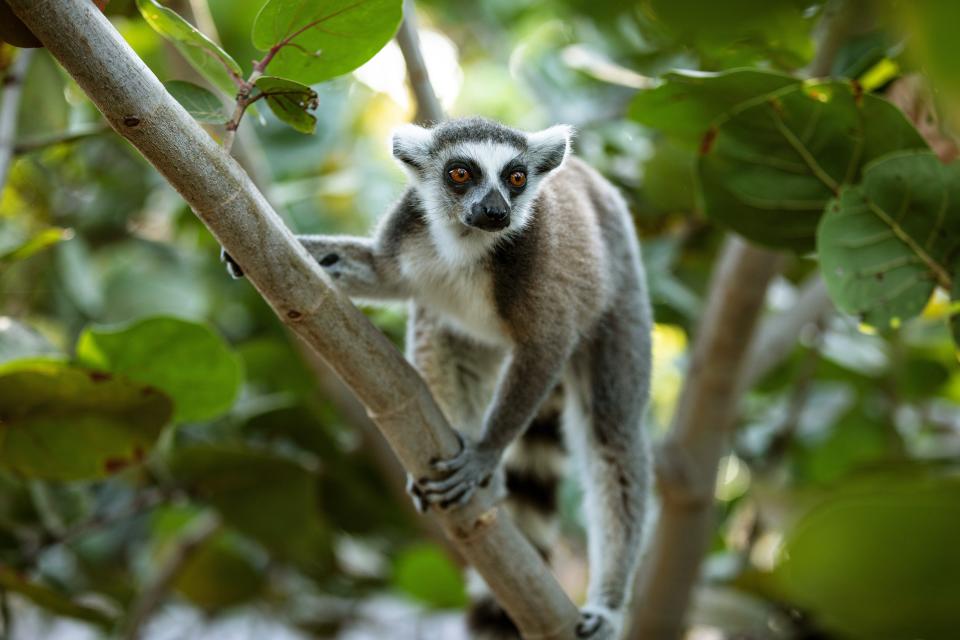
A cautionary tale of how far we’ve come—and can go
While Necker tends to be a place where people love to talk about the past—who’s stayed here (from Princess Diana to the Obamas), how it was built and rebuilt—Branson and his team talk more about the future these days, relieved to be in a phase of onward-and-upward planning toward complete self-sustainability. The challenge is to get to consistent carbon neutrality by harnessing enough wind and solar energy—sometimes a challenge on windless days, and with the current limitations of solar power. Necker has also begun sharing its solutions and resources with partner islands, like nearby Virgin Gorda, through new development that will benefit the entire area. “We're actually talking to the government about putting solar and wind up on Virgin Gorda so that you can then run a cable to other islands to get that clean energy,” Branson says.
Necker’s origin story goes that Branson could hardly afford the $120,000 island in 1976, but bought it anyway to impress his now-wife, Joan. Today, 48 years later, Branson has been to space, raised billions in non-profit philanthropy, chartered a zero-emissions biofuel plane powered by sugar and waste, and is laying the groundwork for a carbon-neutral future in his very own corner of the Caribbean. The business magnate has come a long way from his first ventures: running a student magazine in England and creating the record label that catapulted the Spice Girls to fame.
But even if you didn’t know about any of those greater-good accomplishments, Necker is something to be marveled at. Its sustainability efforts—alongside his charity work—will no doubt be Branson's swan song. Landing on Necker Island for a few nights is what I imagine is the closest real-world scenario to getting inside Willy Wonka's factory: a glimpse into the inner workings of one of the world's greatest minds, personified by a bubble of innovation that offers a sightline into a sustainable future.
Necker Island, which has historically only been available for whole-island buyouts, recently opened to individual bookings. Next year's dates for individual bookings are available here.
Originally Appeared on Condé Nast Traveler

